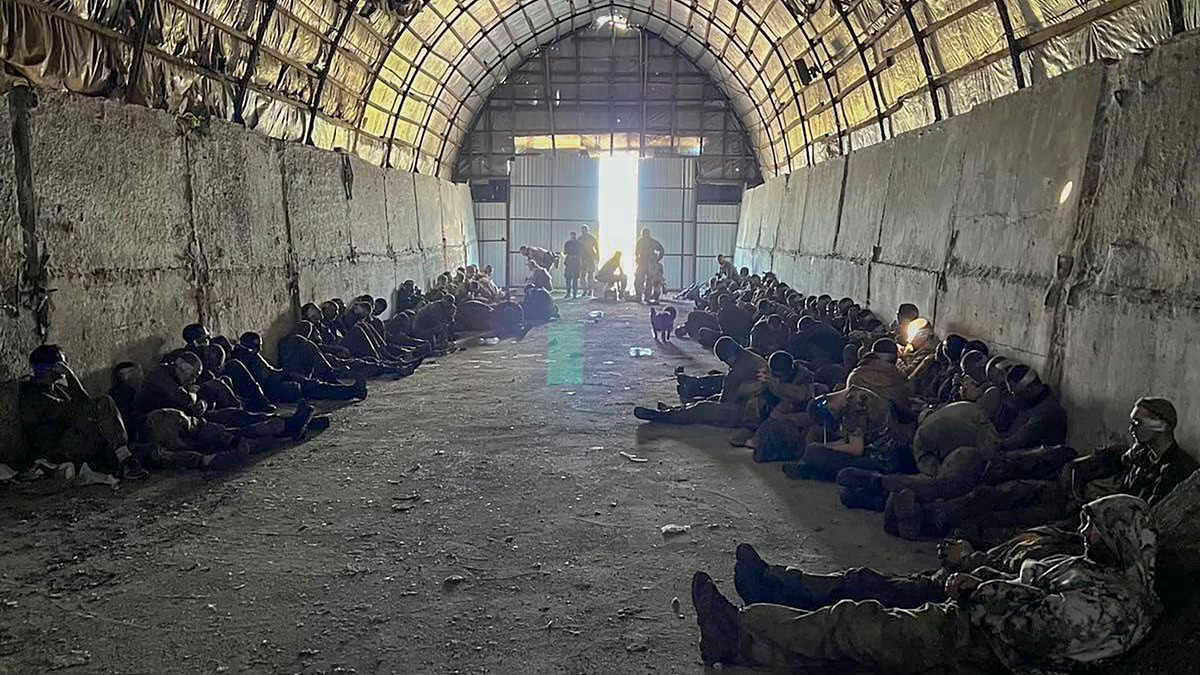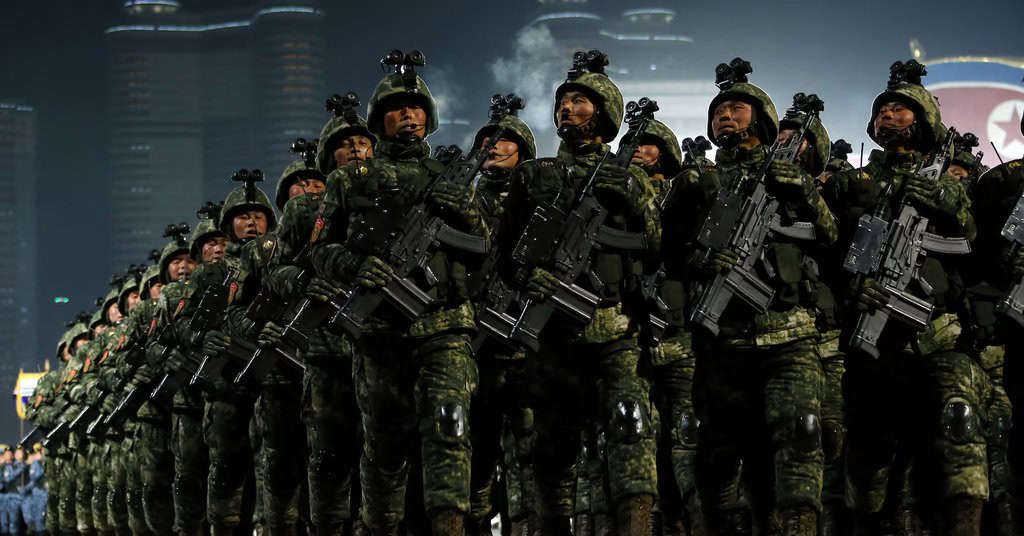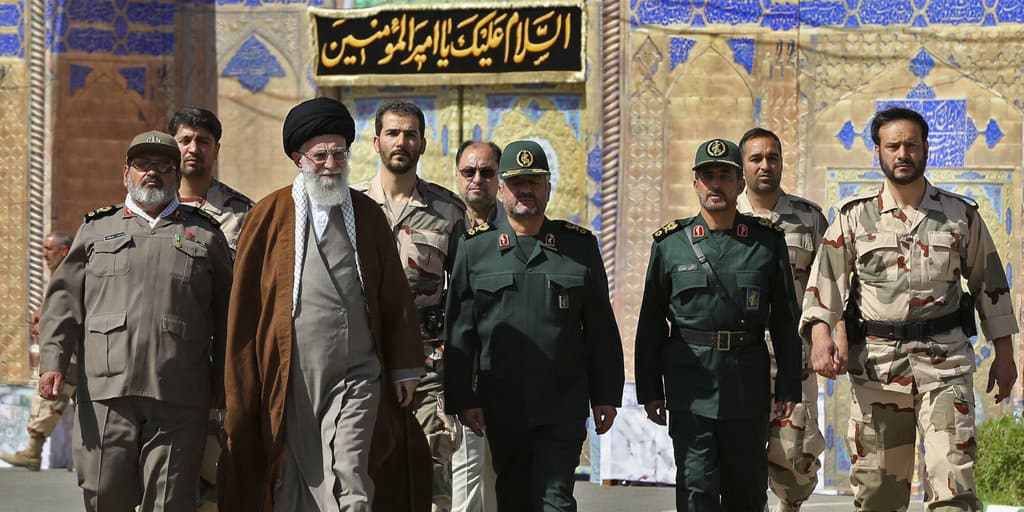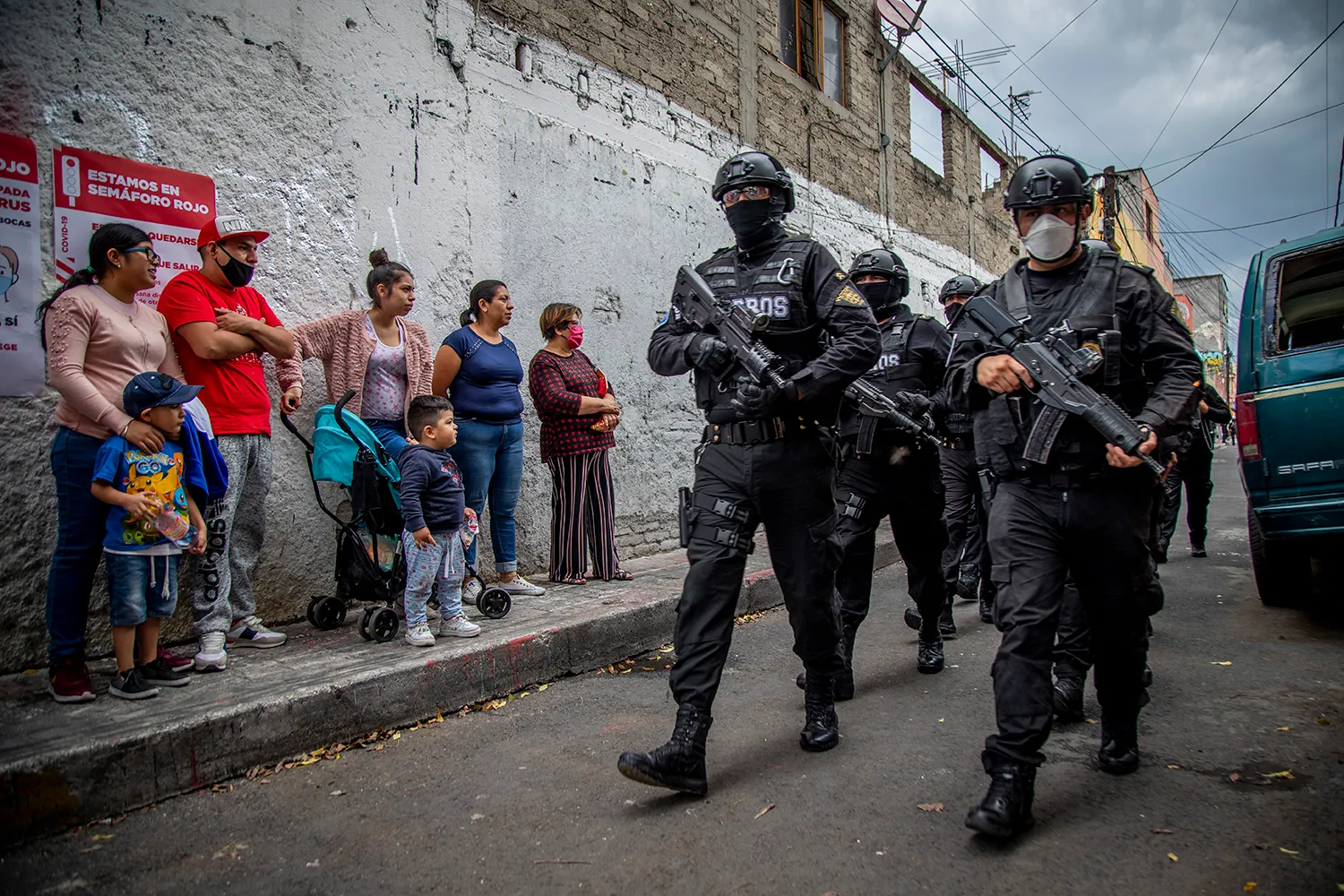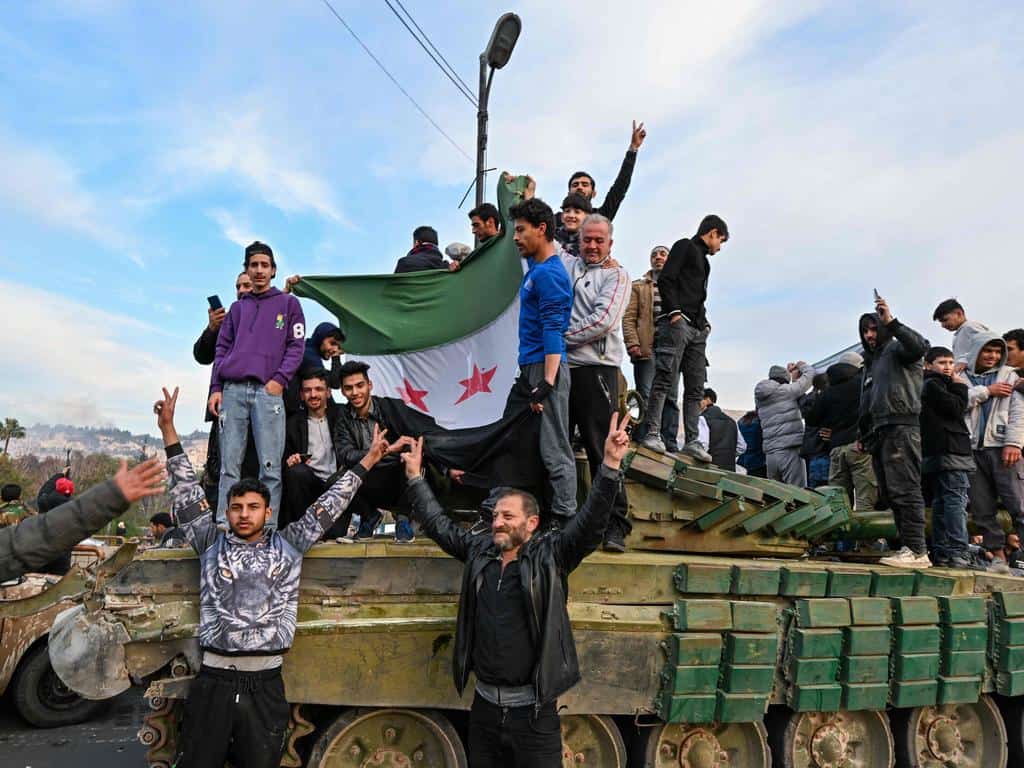In a significant turn of events, Ukraine has claimed full control of the Russian town of Sudzha in the Kursk region, marking its most substantial victory since the conflict began. This success comes after the Ukrainian forces managed to capture over 100 Russian soldiers in a single day, highlighting a remarkable shift in momentum.
Establishing Command in Sudzha
Ukrainian President Volodymyr Zelenskyy announced the establishment of a Ukrainian military command center in Sudzha. This strategic town, which housed about 5,000 people before the war, plays a crucial role due to its natural gas measuring station that services pipelines transporting gas from West Siberia to Europe. Despite the ongoing conflict, there have been no reports of disruptions in gas flow, which is vital for Europe’s energy supply.

Mass Surrender of Russian Soldiers
In what is being described as the largest mass surrender since the conflict began, an entire Russian company—totaling 102 soldiers—laid down their arms and surrendered to Ukrainian forces. These troops were reportedly abandoned by their commanders, leading them to seek refuge with the Ukrainian military. This mass surrender not only signifies a significant blow to Russian military morale but also raises questions about the command structure within the Russian forces.
Ukrainian Drone Strikes on Russian Air Bases
In a parallel development, satellite images have confirmed that Ukrainian drone strikes targeted Russian air bases, causing visible damage to hangars and potentially fighter aircraft. The attacks, which took place at Borisoglebsk and Savasleika Air Bases, underscore Ukraine’s increasing capability to carry out precision strikes deep within Russian territory.
Escalating Conflict and Evacuations in Kursk
As Ukrainian forces continue their advance into the Kursk region, the acting governor of Kursk, Alexei Smirnov, ordered the evacuation of the Glushkovo region, indicating the seriousness of the Ukrainian incursion. Over 120,000 residents have already been evacuated from the Kursk region, with more expected as the situation unfolds.
Eyewitness accounts from evacuees paint a grim picture of the ongoing conflict. Tatyana Anikeyeva, a resident of Sudzha, described the chaos as she fled the fighting, with constant cannonade and homes shaking from the bombardment. The Russian government has responded by declaring a federal-level state of emergency in the Belgorod region, signaling the escalating crisis.
Ukrainian Forces Continue to Advance
Ukraine’s Chief Military Officer, General Oleksandr Syrskyi, reported that Ukrainian forces have gained control over 396 square miles of the Kursk region. Despite claims from Russian military bloggers that Ukrainian advances have been stalled, small mechanized groups continue to probe Russian defenses, maintaining the fluidity of the front lines.
Russia’s Deputy UN Ambassador Dmitry Polyansky dismissed the Ukrainian claims, labeling the incursions as mere terrorist activities rather than a conventional military advance. However, the rapid gains by Ukrainian forces in the region suggest otherwise, with Kyiv’s military strategy catching Moscow off guard.
Implications of the Surrender
Footage of the surrendered Russian soldiers has emerged, showing them in an underground hideout after their capitulation to Ukrainian forces. This incident is being seen as a major humiliation for Russian President Vladimir Putin, particularly as many of these soldiers were untrained conscripts. The surrender has been attributed to the failures of Russian commanders, with criticism directed at General Alexander Lapin, who has faced backlash for his role in previous military setbacks.
This mass surrender not only bolsters Ukraine’s position but also provides a potential opportunity for prisoner exchanges, which could further tilt the balance in favor of Kyiv.
Ukraine’s recent successes in the Kursk region, coupled with the mass surrender of Russian troops, mark a pivotal moment in the ongoing conflict. As Ukrainian forces continue to advance and establish control, the situation remains highly volatile, with significant implications for both the military and civilian populations in the affected areas.

